Lente Is Here: Your Guide To Springtime Language

Table of Contents
Describing the Weather of Lente
Sunshine and Warmth
The arrival of lente is often heralded by an increase in sunshine and warmer temperatures. Words like zonnig (sunny), zacht briesje (gentle breeze), and lentezon (spring sun) immediately evoke the feeling of warmth and renewal. The verb opwarmen (warming up) perfectly describes the gradual increase in temperature.
- Example sentence: De lentezon warmt mijn gezicht op, en een zacht briesje waait door mijn haar. (The spring sun warms my face, and a gentle breeze blows through my hair.)
- Regional variations exist; for example, some dialects might use alternative words for "gentle breeze."
- Learning to describe the nuances of spring weather in Dutch will significantly enhance your ability to discuss the lente experience.
Showers and Blooms
While lente brings sunshine, it's also known for its showers. Lentebui (spring shower) is a lovely word that paints a picture of refreshing rain. The melting of snow is described as sneeuw smelten, and the appearance of the first flowers is a joyous occasion, captured by words like bloemen (flowers) and ontluiken (to blossom).
- Example sentence: Na een frisse lentebui ontluiken de eerste bloemen in de tuin. (After a fresh spring shower, the first flowers blossom in the garden.)
- The imagery associated with these words is crucial; the lentebui is often short and sweet, while the ontluiken of flowers symbolizes rebirth and new beginnings.
- For further vocabulary exploration, consult online Dutch dictionaries like the Van Dale or the woordenboek.nl websites, which often include seasonal vocabulary sections.
Activities Associated with Lente
Outdoor Activities
Lente is a time for enjoying the outdoors. Verbs like wandelen (hiking), fietsen (cycling), picknicken (picnicking), and tuinieren (gardening) describe popular springtime activities.
- Example sentence: We gaan dit weekend wandelen in het bos om van de lente te genieten. (We're going hiking in the woods this weekend to enjoy the spring.)
- These activities are deeply ingrained in Dutch culture, offering opportunities for socializing and connecting with nature.
- Many Dutch people eagerly anticipate the opportunity to spend more time outdoors once the lente arrives.
Seasonal Events
Several events mark the lente season in the Netherlands. Pasen (Easter) is a major holiday, often involving egg hunts and family gatherings. Koningsdag (King's Day), if applicable, brings vibrant street celebrations. Many towns and villages also hold their own local spring festivals, each with its unique vocabulary and traditions.
- Detailed descriptions of each event and the associated vocabulary would require a separate article for each.
- Searching online for "[Event name] in Dutch" will provide you with relevant information and associated vocabulary.
- Participating in these events is a wonderful way to immerse yourself in the Dutch language and culture during lente.
Figurative Language of Lente
Idioms and Metaphors
The feeling of renewal associated with lente is reflected in many Dutch idioms and metaphors. While a comprehensive list is beyond the scope of this article, exploring common idioms related to new beginnings and growth would enhance your understanding of the season's symbolic meaning.
- Example idioms would need further research, depending on the availability and common use of specific phrases.
- Understanding these idioms provides a deeper cultural understanding of how Dutch speakers perceive and express the essence of lente.
- The metaphorical language associated with lente often highlights themes of hope, rebirth, and the promise of a brighter future.
Poetry and Literature
Dutch literature is rich with poems and stories that capture the beauty and emotion of lente. Works by renowned Dutch poets often use evocative language to describe the sights, sounds, and feelings of the season.
- Specific examples of poems and literature pieces require extensive research and potentially copyright considerations.
- Analyzing the use of language in these works can provide valuable insights into the cultural significance of lente.
- Searching online for "Dutch spring poetry" or "Dutch literature about spring" will lead you to numerous resources.
Conclusion
This guide has explored the rich vocabulary associated with lente, from the specifics of spring weather to the activities and cultural significance of the season. By incorporating these words and phrases into your conversations, you can more vividly express the beauty and renewal that lente brings. Continue expanding your lente vocabulary and enjoy the flourishing season! Keep exploring the vibrant language of spring and deepen your appreciation for the Dutch language and culture.

Featured Posts
-
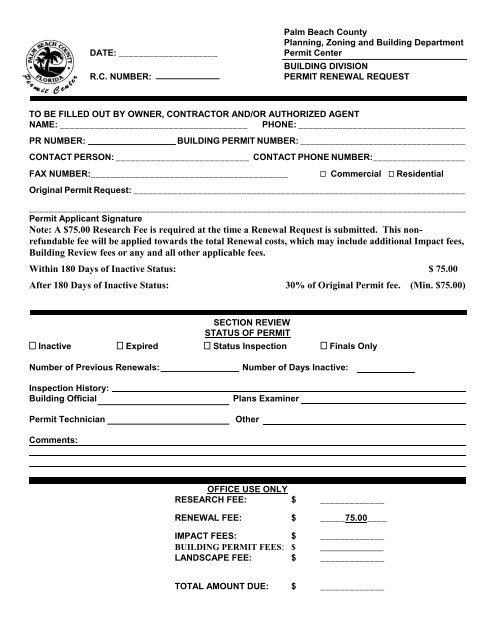 Macon County Building Permit Information A Current Overview
Apr 26, 2025
Macon County Building Permit Information A Current Overview
Apr 26, 2025 -
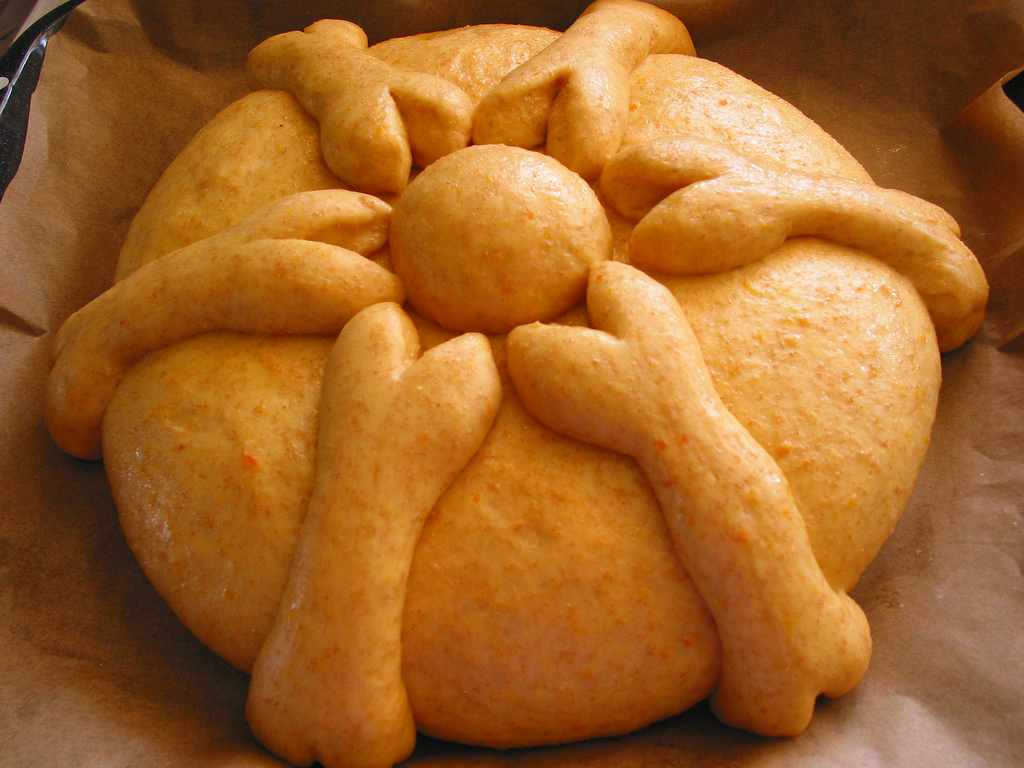 Het Onlogische Zoete Broodje Uit Nederland
Apr 26, 2025
Het Onlogische Zoete Broodje Uit Nederland
Apr 26, 2025 -
 Trump Envoys Moscow Trip Interfax Report Highlights Key Details
Apr 26, 2025
Trump Envoys Moscow Trip Interfax Report Highlights Key Details
Apr 26, 2025 -
 Unmasking The Stench Identifying The Smelliest Member Of Congress
Apr 26, 2025
Unmasking The Stench Identifying The Smelliest Member Of Congress
Apr 26, 2025 -
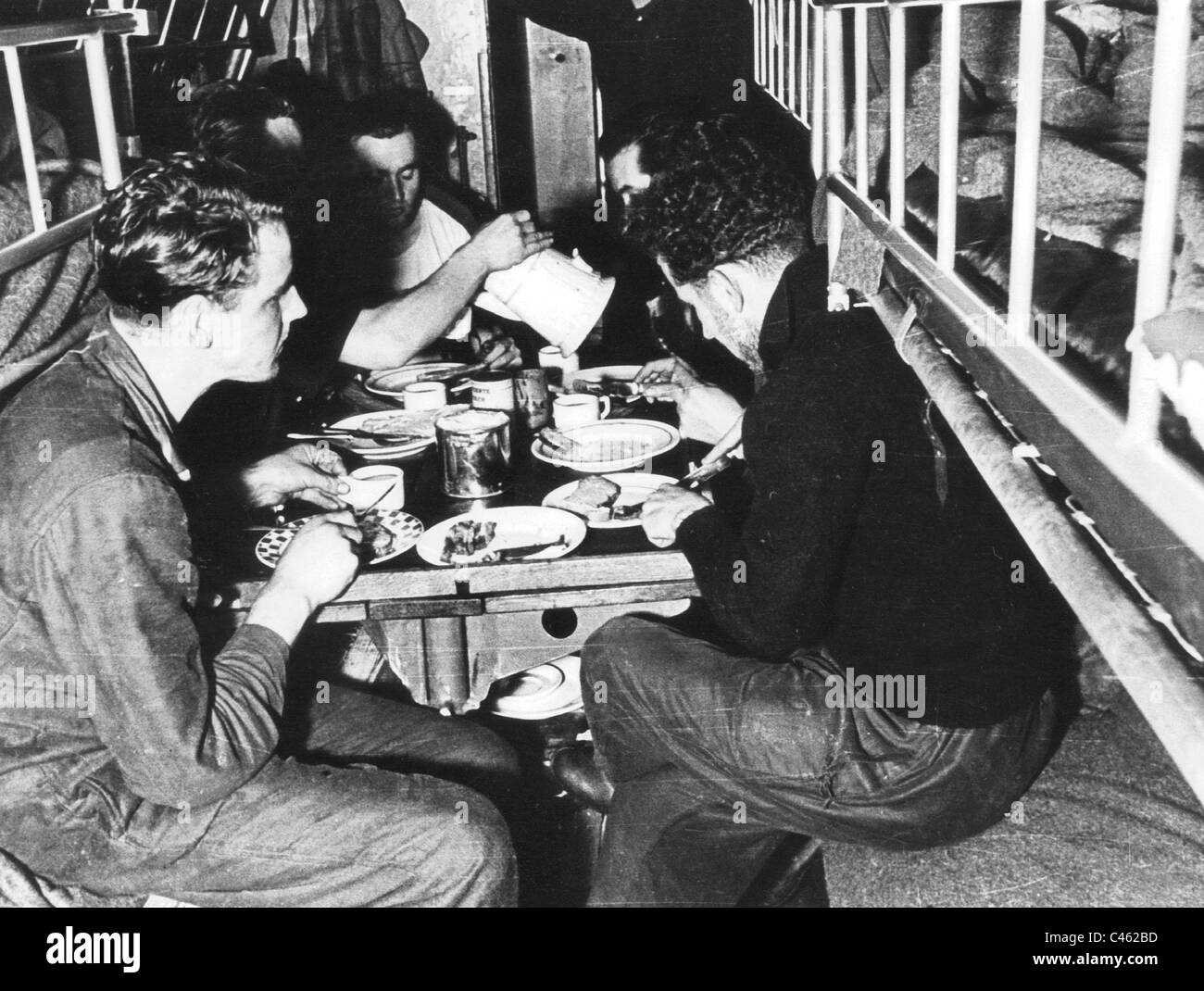 Lady Olive And The German U Boat Uncovering A Lost History
Apr 26, 2025
Lady Olive And The German U Boat Uncovering A Lost History
Apr 26, 2025
Latest Posts
-
 Navigate The Private Credit Boom 5 Dos And Don Ts
Apr 26, 2025
Navigate The Private Credit Boom 5 Dos And Don Ts
Apr 26, 2025 -
 Saab Sees Reduced Wait Times For Military Orders
Apr 26, 2025
Saab Sees Reduced Wait Times For Military Orders
Apr 26, 2025 -
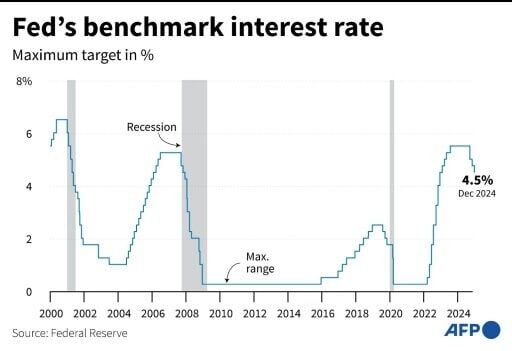 Trump Tariffs And Disinflation Ecb Member Holzmanns Perspective
Apr 26, 2025
Trump Tariffs And Disinflation Ecb Member Holzmanns Perspective
Apr 26, 2025 -
 Trade War Fears Market Strategists Lower European Stock Market Forecasts
Apr 26, 2025
Trade War Fears Market Strategists Lower European Stock Market Forecasts
Apr 26, 2025 -
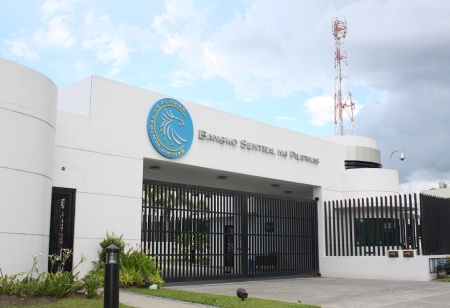 Tariff War Leading Philippine Bank Ceo Forecasts Economic Challenges
Apr 26, 2025
Tariff War Leading Philippine Bank Ceo Forecasts Economic Challenges
Apr 26, 2025
